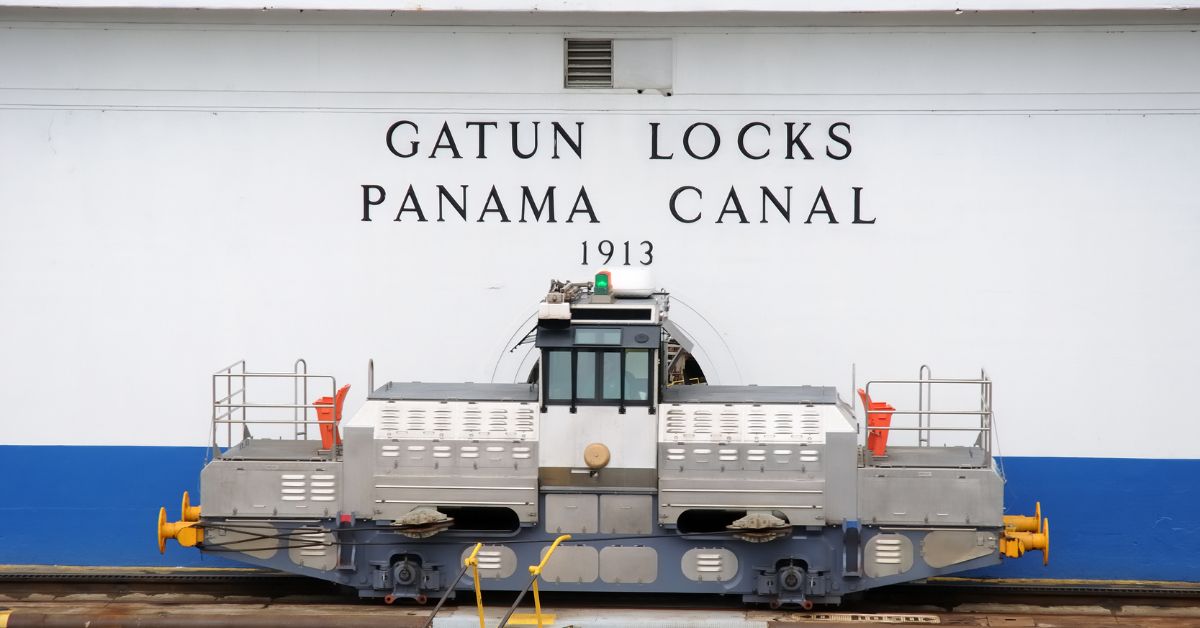The Panama Canal, an engineering marvel that epitomizes human ingenuity, serves not merely as a physical conduit for maritime transit but also as an emblem of cultural interplay, technological advancement, and historical significance. The intricacies of the canal’s design and operation beckon exploration through several lenses, including the multifaceted sphere of cultural relativism. To comprehend the implication of driving over this monumental achievement, one must delve into various categories of content that illuminate both its architectural prowess and the broader cultural ramifications associated with this feat.
Firstly, readers can anticipate an exploration of the engineering principles that govern the canal’s function. The Panama Canal employs a lock system to facilitate the passage of ships between the Atlantic and Pacific Oceans, making it a quintessential subject of study for engineering aficionados. The locks are ingeniously designed to lift vessels 85 feet above sea level to traverse the continental divide. This mechanism not only demonstrates advancements in hydraulic engineering but also represents a symbiotic relationship between nature and man-made technology. An examination of the technical specifications, such as the dimensions of the locks, the volume of water used in each transit, and the historical development of the canal’s design, can provide a deeper appreciation of this monumental undertaking.
Moreover, the canal’s construction is steeped in historical context that merits scrutiny. The treaties and conflicts that preceded its inception reflect the geopolitical dynamics and cultural tensions of the time. The role of the United States in the canal’s construction, marked by its controversial involvement from 1904 to 1914, has created lasting implications on Latin American relations and continues to influence the sociocultural landscape of the region. Understanding these historical narratives is pivotal for grasping the canal’s current significance and the sentiments that local population harbors towards international endeavors. A discourse on these themes can elucidate how cultural perceptions and historical grievances shape public attitudes towards infrastructural projects.
In addition to its impressive engineering and historical framework, the canal serves as a fascinating case study in cultural relativism. The concept posits that a civilization must be understood through its own cultural lenses, rather than through the prism of another culture. The diversity of perspectives on the canal—from local Panamanians who may view it as a symbol of exploitation and loss, to global maritime stakeholders who perceive it as a vessel of progress—provides a rich tapestry for examination. A thorough analysis of these divergent viewpoints not only enriches the narrative surrounding the canal but also fosters a meaningful dialogue on colonial legacies and the ethical implications of large-scale engineering projects.
Furthermore, readers will encounter insights pertaining to the ecological implications of the canal’s existence. The interposition of such a colossal construct has undeniably altered the surrounding ecosystems and hydrological patterns. From the introduction of invasive species to the disruption of local wildlife habitats, the environmental ramifications present an ethical quandary that necessitates exploration. A discussion of these ecological conflicts can shed light on the responsibilities engineers and policymakers face when undertaking projects that profoundly impact nature. As cultural relativism prompts consideration of diverse value systems, the perspectives on environmental stewardship versus economic progress can be starkly contrasting, thereby enriching the discourse.
An engaging aspect of this exploration includes the personal narratives of those who traverse the canal. The human element—the experiences of workers, boat captains, and local residents—adds a layer of depth to understanding the canal beyond its mechanical functionalities. Interviews or anecdotal accounts can illustrate the daily realities shaped by the canal. Such narratives may reveal how lives are interwoven with this technological feat, revealing both the benefits and challenges posed by such extensive international infrastructure. Readers can expect a rich compilation of stories that reflect the complexity of life in a canal-adjacent environment, further emphasizing the cultural dimensions at play.
In addition to individual narratives, an examination of the canal’s impact on tourism can provide enlightening content. The Panama Canal attracts millions of visitors annually, who come to witness its extraordinary operational capabilities. Article sections exploring tourism dynamics—including economic benefits, cultural exchanges, and the narratives presented to tourists—offer insights into how the canal is commodified within the travel industry. Assessing how local Panamanians engage with tourists and the notion of authenticity in these interactions evokes broader questions surrounding cultural preservation in the face of modernization. Such discussions highlight the complex interplay between global tourism, environmental sustainability, and local cultural integrity.
Readers can also expect a philosophical contemplation regarding the future of engineering projects similar to the Panama Canal. In an increasingly interconnected world, what lessons can be drawn from the canal’s legacy? As societies confront climate change, technological advancements, and ethical dilemmas, examining the Panama Canal through cultural relativism encourages a reframing of how future projects are conceived and executed. This foresight may inspire endeavors that honor cultural contexts, respect local ecosystems, and foster equitable relationships between nations and communities.
In summary, the endeavor to drive over the Panama Canal encompasses a myriad of exploration avenues, from the technical intricacies of its engineering to the deep-seated cultural narratives that intertwine with its existence. By embracing a perspective rooted in cultural relativism, one enhances the understanding of this engineering feat not merely as a structural marvel but as a canvas reflecting the complexities of human culture, history, and identity. Readers engaging with this multifaceted discourse can anticipate a holistic understanding of how the Panama Canal serves as both a historical milestone and a springboard for ongoing discussions about the intersection of culture, technology, and the environment.
